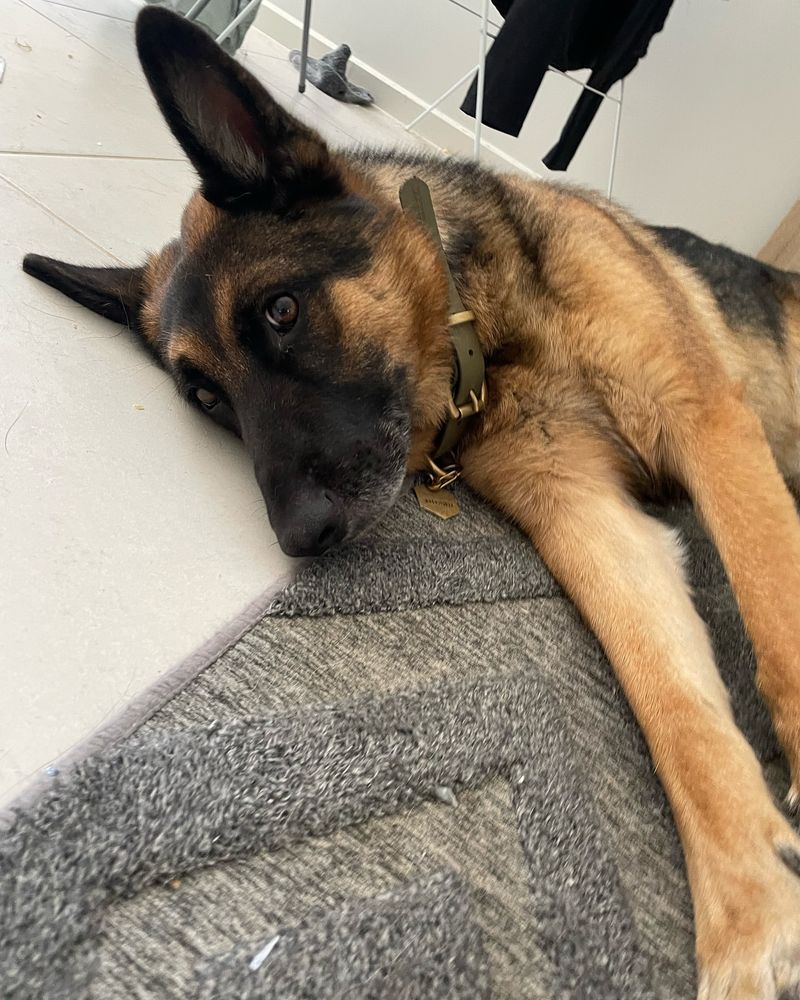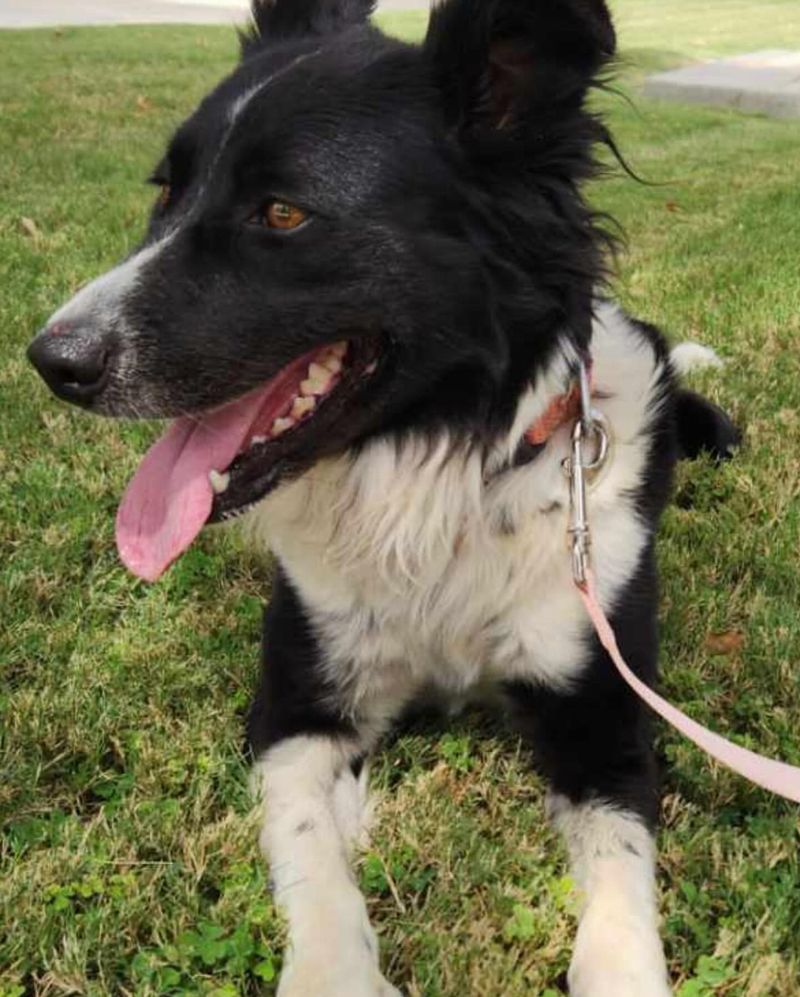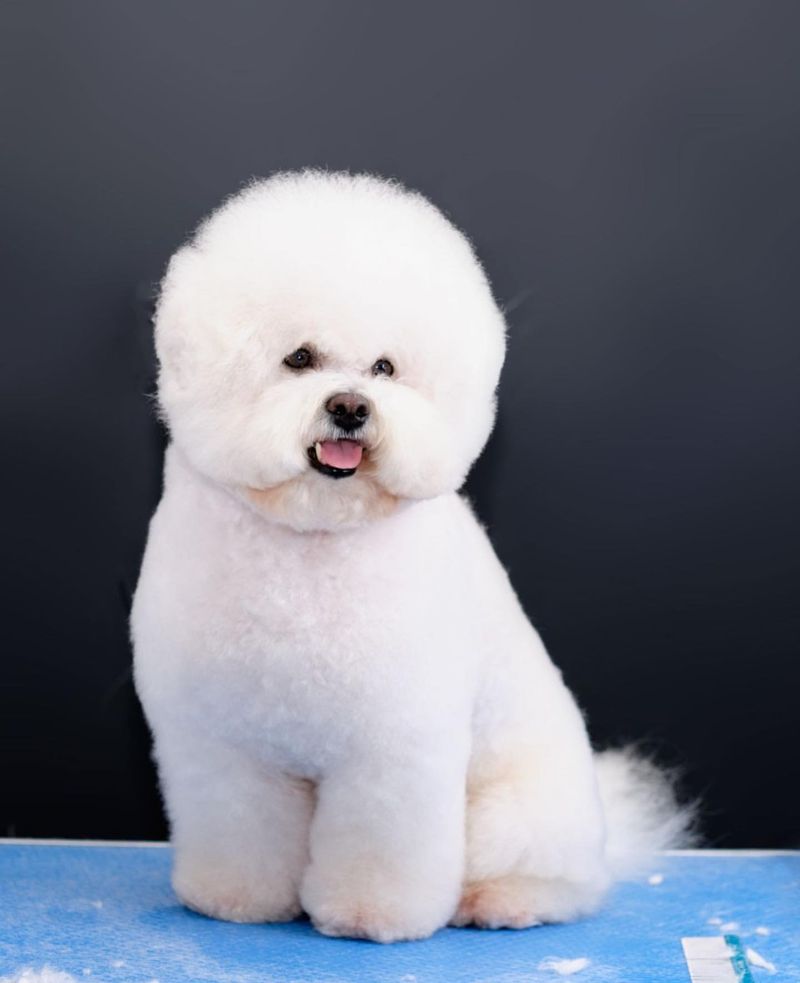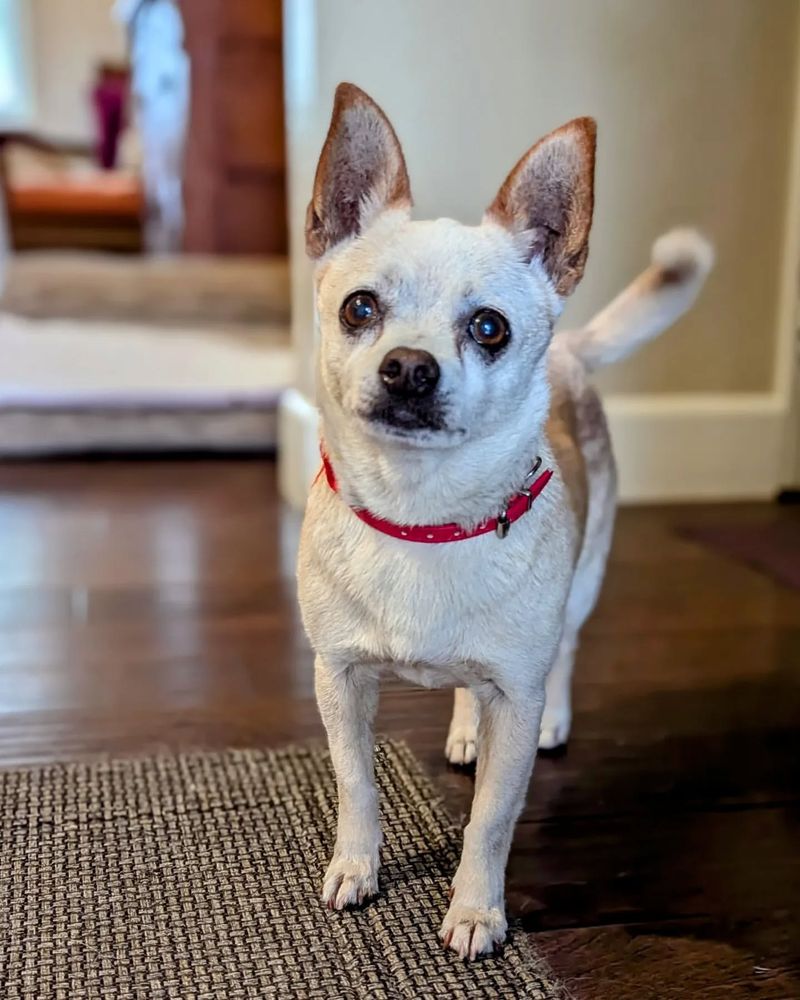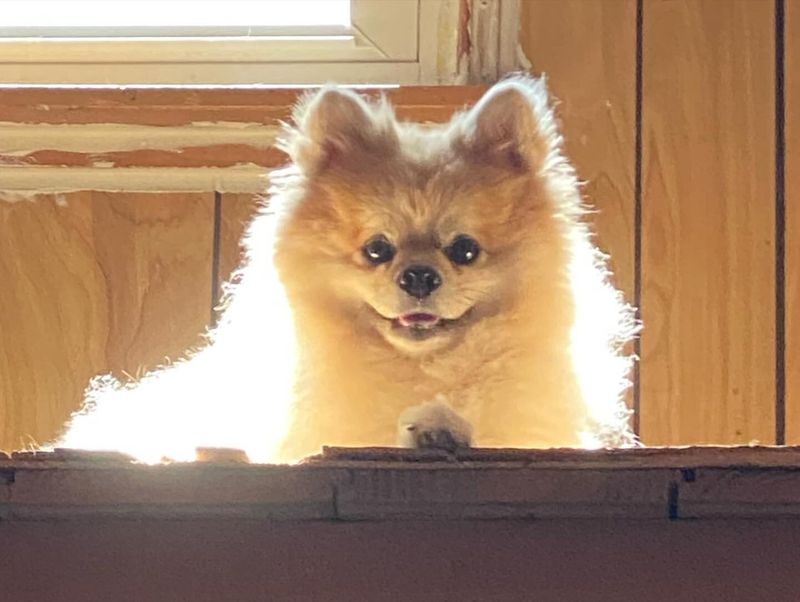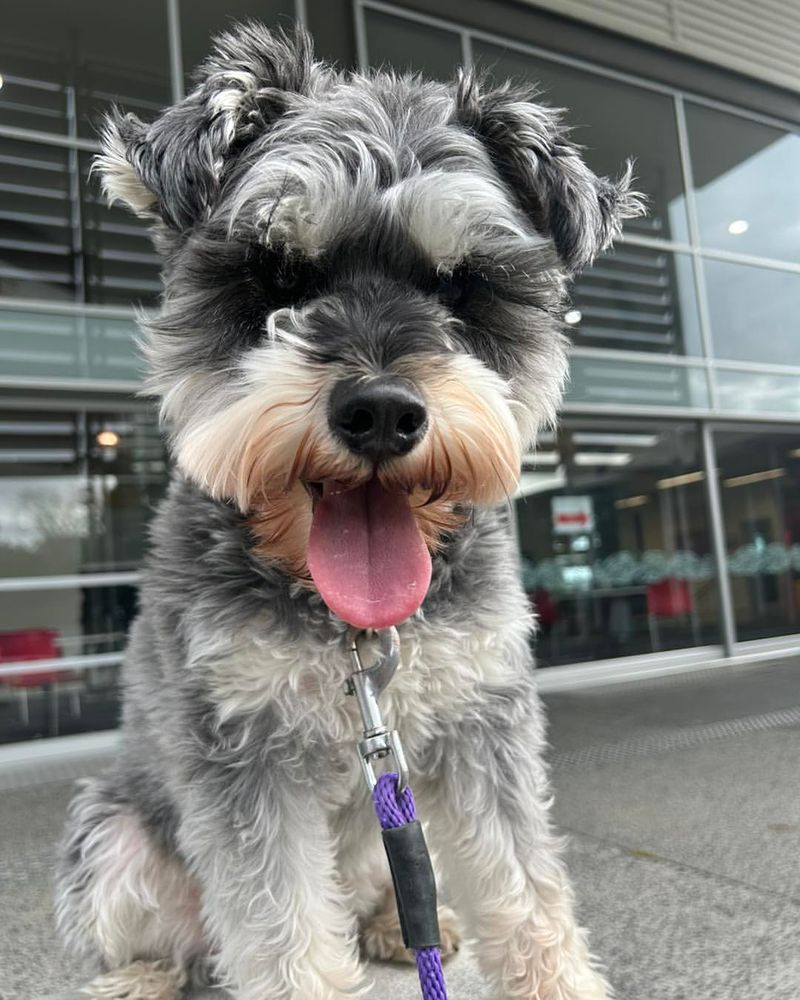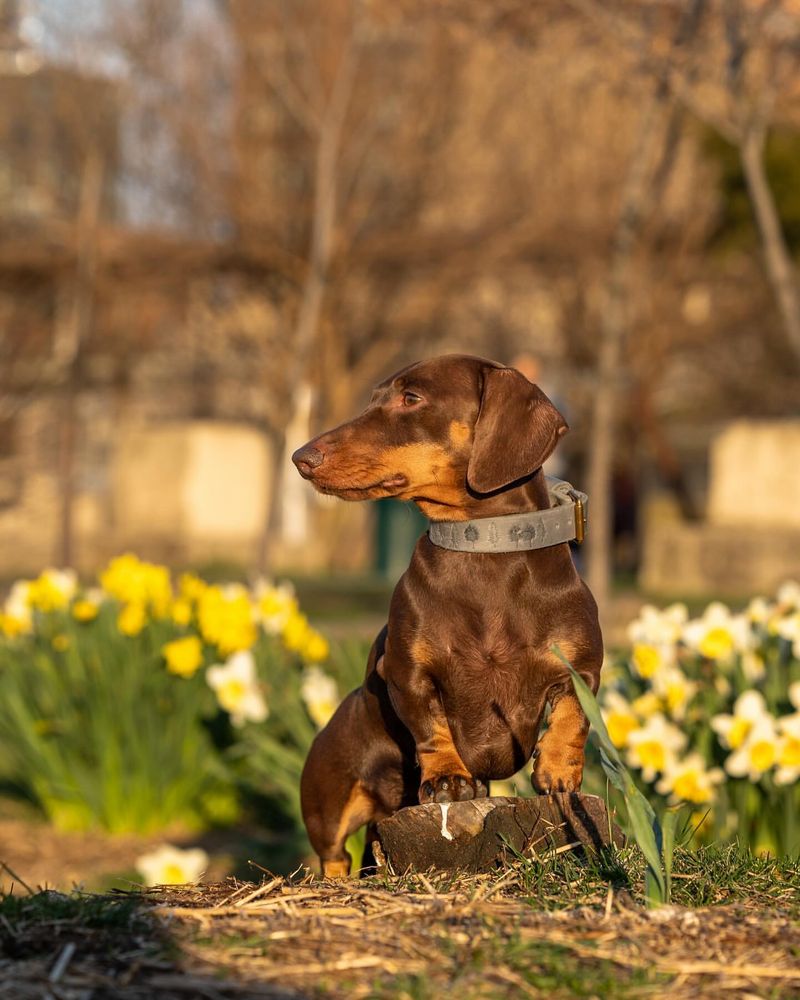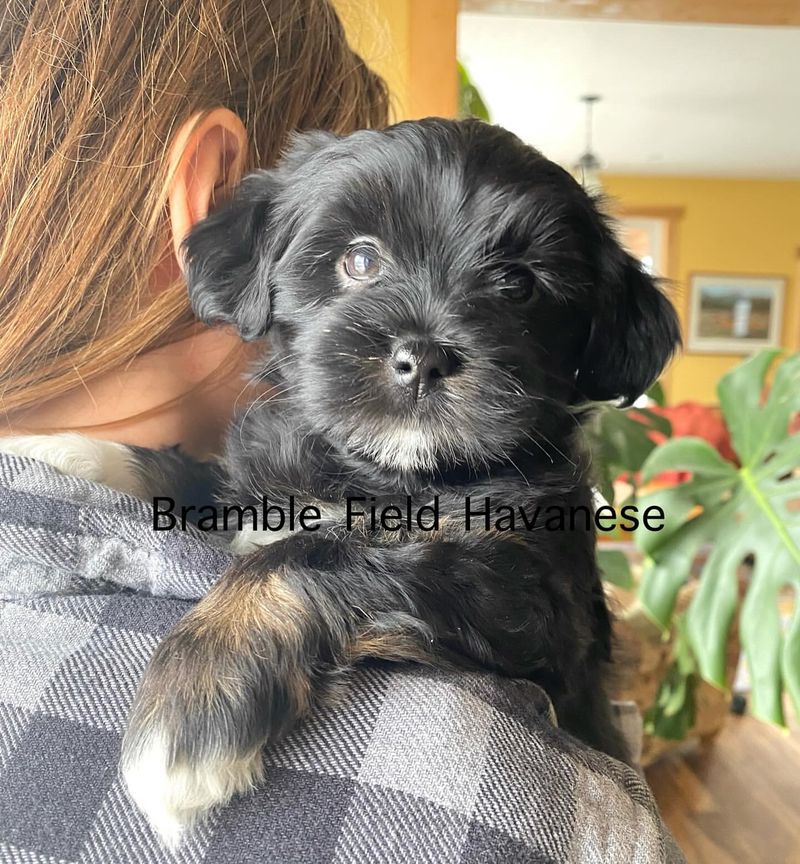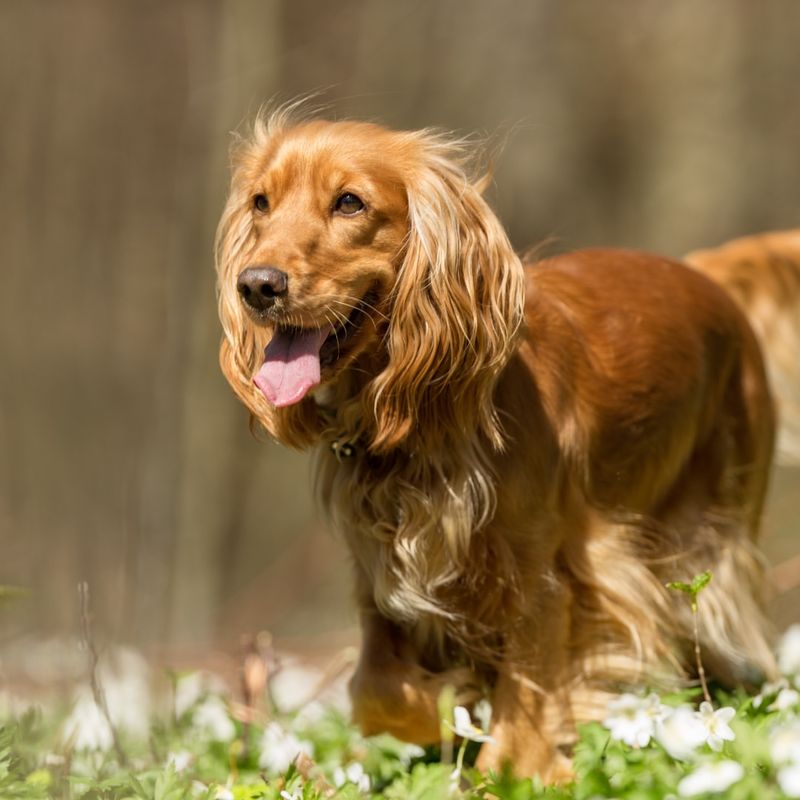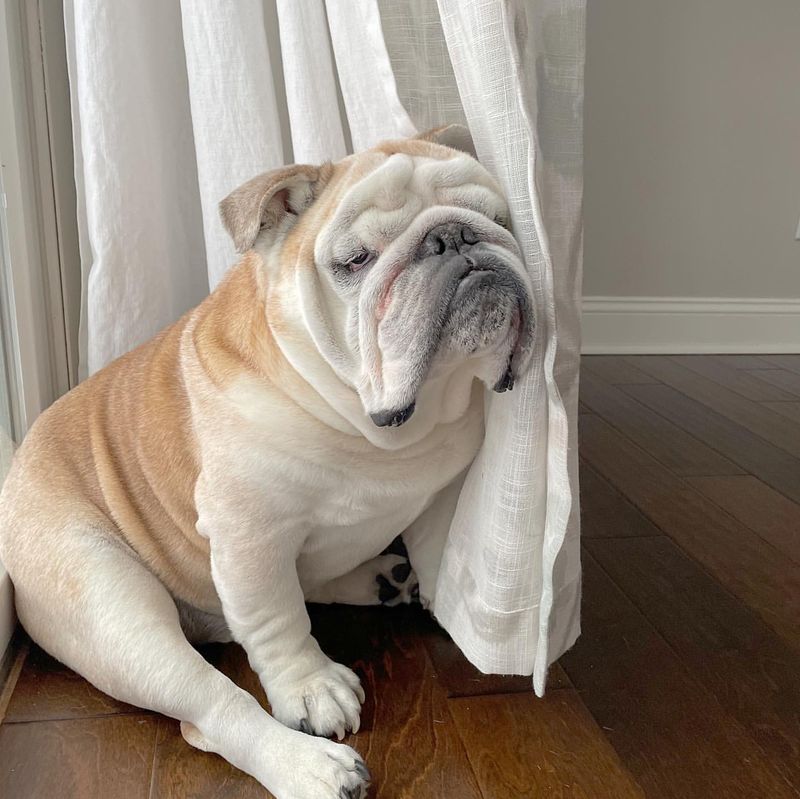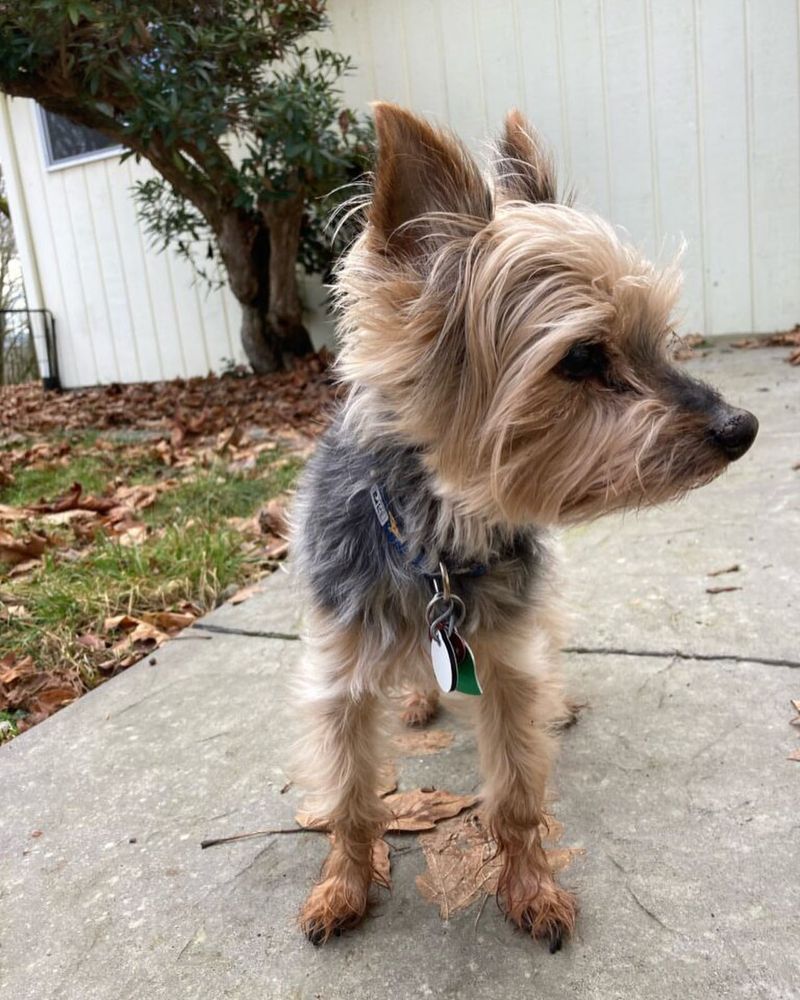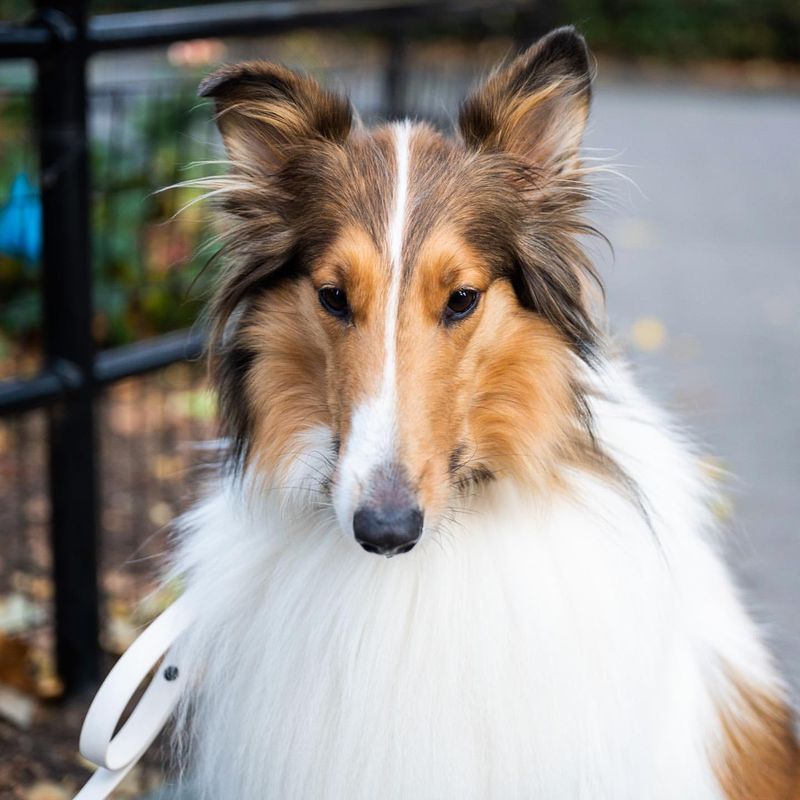Some dog breeds find it particularly challenging to be left alone for extended periods. These breeds often develop separation anxiety, which can lead to destructive behavior, excessive barking, and other signs of distress. Understanding which breeds are more prone to this anxiety can help potential dog owners make informed choices and devise strategies to keep their furry friends happy and healthy even when they’re away.
Labrador Retriever
Labrador Retrievers, known for their friendly and outgoing nature, often struggle when left alone. These social dogs crave companionship and can become anxious when isolated.
A lack of interaction can lead to boredom, resulting in destructive behavior like chewing furniture. Regular exercise and mental stimulation can alleviate some of this stress.
Consider arranging playdates or dog-sitting services if your Labrador will be alone for extended periods. By ensuring they have enough companionship, you can help them to feel secure and content even in your absence.
German Shepherd
German Shepherds are loyal and intelligent dogs that form strong bonds with their families. When left alone for too long, they may exhibit signs of separation anxiety.
Their protective nature makes them vigilant, often leading to excessive barking when they’re feeling anxious. Providing them with engaging toys and puzzles can help keep their minds occupied.
Training and socialization are crucial to building their confidence, ensuring they remain calm even if alone. A structured routine can also be beneficial in reducing their anxiety.
Border Collie
Border Collies, celebrated for their intelligence and work ethic, can find solitude challenging. These active dogs require constant mental and physical stimulation.
Without it, they may become restless and engage in undesirable behavior. Long walks, games, and training sessions are essential to keep them satisfied.
If you work long hours, consider hiring a dog walker or enrolling them in doggy daycare. These measures can help channel their energy positively, reducing feelings of anxiety when alone.
French Bulldog
French Bulldogs are affectionate companions who thrive on human interaction. Their strong attachment to their owners makes them prone to anxiety when left alone.
They may exhibit signs like whining or refusing to eat. To ease their distress, leave behind familiar scents like worn clothing.
Interactive toys can also help keep them entertained. Gradually accustoming them to solitude and creating a comforting environment can minimize separation-related stress.
Cavalier King Charles Spaniel
Cavalier King Charles Spaniels are gentle and affectionate dogs that often struggle with being left alone for long periods. Their loving nature makes them crave constant companionship.
When isolated, these adorable dogs might become anxious and exhibit signs like excessive barking. Providing them with cuddly toys can offer some comfort.
Having a routine can help them feel secure, and if possible, hiring a pet sitter ensures they receive the attention they need, keeping their anxiety at bay.
Australian Shepherd
Australian Shepherds, with their energetic and intelligent disposition, often find solitude difficult. These dogs need regular exercise and mental challenges to stay content.
Without sufficient activity, they might become bored and resort to destructive behavior. Engaging them in agility training or interactive games can be very beneficial.
If frequent absences are unavoidable, consider enrolling them in daycare to ensure they get the interaction they crave, reducing the effects of separation anxiety.
Bichon Frise
Bichon Frises are cheerful and sociable dogs known for their love of company. Their tendency to bond closely with their owners makes them susceptible to separation anxiety.
Signs of their distress may include barking and chewing. Providing them with plenty of toys and background noise like the TV can help.
Gradually increasing the duration of alone time can also assist in smoothing their transition to being by themselves, ensuring they remain comfortable and happy.
Chihuahua
Chihuahuas, despite their small size, have big personalities and often form deep attachments to their owners. This bond can make them anxious when left alone.
Signs of separation distress may include trembling or excessive barking. To ease their anxiety, ensure they have a safe space to retreat to.
Offering comfort items like soft toys, and maintaining a calm environment, can help soothe them. Training sessions that focus on building independence are also beneficial for these sensitive dogs.
Jack Russell Terrier
Jack Russell Terriers, renowned for their energetic and spirited nature, often struggle with being alone. Their inquisitive minds require constant engagement.
Without it, they might become restless and exhibit undesirable behaviors like digging or barking. Ensuring they have puzzle toys and regular walks can help.
If you’re away often, consider hiring a pet sitter or enrolling them in activities that challenge their intelligence and satisfy their need for interaction.
Pomeranian
Pomeranians, with their lively and affectionate demeanor, are known to become anxious when left alone for extended periods. Their strong attachment to their humans makes solitude hard.
Anxiety signs can manifest as barking or pacing. Providing them with interactive toys and recorded voice messages can offer comfort.
Gradually practicing short departures and rewarding calm behavior can help them adjust to being alone, fostering a sense of security even in solitude.
Vizsla
Vizslas are known for their affectionate and loyal nature, often forming deep bonds with their families. This connection can make them prone to anxiety when left alone.
Their sensitive temperament might result in stress behaviors such as whining. Offering them plenty of physical activity and mental challenges can alleviate some anxiety.
Hiring a dog walker or engaging them in dog sports can provide the interaction they need, ensuring they remain happy and relaxed even during your absence.
Pug
Pugs are charming and sociable dogs that thrive on human interaction. Their affectionate nature makes them susceptible to anxiety when left alone.
They might show distress by pacing or breathing heavily. Providing them with comfort items and engaging toys can help.
Creating a consistent routine and offering gradual separation training can also reduce their anxiety, helping them feel more secure and content during solitary times.
Golden Retriever
Golden Retrievers, celebrated for their friendly and sociable character, often struggle with long periods of solitude. Their desire for companionship makes them prone to anxiety.
Signs of their distress may include chewing or excessive barking. Keeping them engaged with games and regular exercise is vital.
Arranging playdates or pet-sitting services can ensure they receive the companionship they need, helping them cope better when they’re alone.
Miniature Schnauzer
Miniature Schnauzers, known for their spirited and intelligent nature, can find being alone challenging. Their strong bonds with owners often lead to separation anxiety.
Signs of distress might include barking or pacing. Providing them with puzzle toys and frequent play sessions can help.
Training and socialization are key to building their independence, ensuring they remain calm and content even during periods of solitude.
Weimaraner
Weimaraners are elegant and energetic dogs that thrive on human companionship. Their strong need for closeness makes them prone to separation anxiety.
Signs of their distress can include howling or destructive behavior. Ensuring they have ample physical and mental stimulation is crucial.
Engaging them in tracking or agility exercises can be beneficial. If you’re frequently away, consider having someone check in on them to provide the interaction they crave.
Italian Greyhound
Italian Greyhounds, with their gentle and affectionate demeanor, often find solitude difficult. They form close attachments and can become anxious when left alone.
Their distress might manifest as shivering or hiding. Providing cozy resting spots and familiar objects can help comfort them.
Gradual alone-time training and engaging them in activities like lure coursing can ease their anxiety, promoting a more relaxed and secure mindset.
Dachshund
Dachshunds are playful and curious dogs known for their strong attachment to their families. This bond often makes them anxious when left alone.
Signs of separation anxiety might include whimpering and digging. Offering them interactive toys and setting up a comfortable environment can help.
Training that focuses on independence and gradual separation can aid in managing their anxiety, ensuring they feel secure and content even in your absence.
Shih Tzu
Shih Tzus are affectionate and friendly dogs that enjoy being around their owners. When left alone, they may experience separation anxiety.
Their distress might show as barking or refusal to eat. Providing them with comfort items and a cozy resting area can help mitigate anxiety.
Gradual acclimatization to being alone, along with engaging toys, can help them adjust better, promoting a sense of calm and well-being during solitary times.
Maltese
Maltese dogs are known for their affectionate and sociable nature, often forming deep bonds with their families. This attachment can lead to anxiety when left alone.
They might exhibit signs like whining or pacing. Creating a comforting environment with familiar scents can alleviate some of their stress.
Providing engaging toys and gradually increasing their alone time can help them adjust, fostering independence while ensuring they feel secure and content.
Havanese
Havanese dogs are cheerful and outgoing companions who thrive on human interaction. Their strong bonds with their owners make them prone to anxiety when left alone.
Signs of their distress might include barking or chewing. Providing them with a variety of toys and a secure space can help ease their anxiety.
Engaging them in training and interactive games can also promote confidence, reducing feelings of loneliness and ensuring they remain happy even during solitary periods.
Cocker Spaniel
Cocker Spaniels, with their affectionate and gentle nature, often find being alone challenging. Their love for companionship makes them susceptible to separation anxiety.
Distress signs might include excessive barking or destructive behavior. Providing them with a consistent routine and engaging toys can help alleviate some of this anxiety.
Socialization and training are vital in building their confidence, ensuring they remain calm and content even when alone.
English Bulldog
English Bulldogs are known for their laid-back and affectionate demeanor. However, their strong attachment to their owners can make solitude difficult.
Their anxiety might manifest as snoring or restlessness. Creating a familiar and comforting environment with their favorite toys is important.
Gradual separation training and providing them with company, when possible, can help them adjust better, ensuring they remain relaxed and happy even during your absence.
Yorkshire Terrier
Yorkshire Terriers, despite their small size, have big personalities and often form strong bonds with their families. This can lead to anxiety when left alone.
Their distress might show as barking or scratching at doors. Providing a secure environment with engaging toys and comfort items can help.
Training to build independence and ensuring they have regular companionship can alleviate some of their anxiety, promoting a happier and more relaxed demeanor.
Rottweiler
Rottweilers are known for their loyal and protective nature, forming strong bonds with their families. This connection can make them anxious when left alone.
Their distress might manifest as barking or chewing. Ensuring they have ample exercise and mental stimulation is key to reducing anxiety.
Providing them with engaging activities and a consistent routine can help them feel secure and content, even during periods of solitude.
Collie
Collies, known for their intelligence and gentle nature, often struggle with being left alone. Their desire for companionship makes them prone to separation anxiety.
Signs of their distress might include barking or pacing. Providing them with plenty of mental challenges and physical exercise can help.
Socialization and training to build their confidence are essential, ensuring they remain relaxed and happy even when alone.
Papillon
Papillons are lively and intelligent dogs that thrive on social interaction. Their attachment to their owners can make them anxious when left alone.
Their anxiety may manifest as whining or chewing. Providing them with interactive toys and a comforting environment can help alleviate stress.
Training that fosters independence and positive experiences when alone can enhance their confidence, ensuring they feel content and secure even during solitary times.


